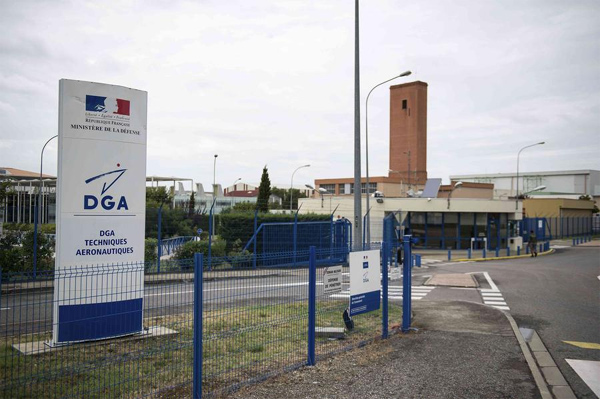Probable MH 370 debris to be studied in Toulouse
(Xinhua) Updated: 2015-07-31 11:13
 |
|
A view shows the Direction generale de l'armement (DGA) offices, where the France's BEA crash investigation agency will verify the plane debris found on Reunion Island, in Balma near Toulouse, France, July 30, 2015. [Photo/Agencies] |
PARIS - The plane wreckage found on the Reunion Island will be transferred to Toulouse to be analysed by the General Directorate of Armaments (DGA), reported Thursday the newspaper Le Figaro.
The wreckage piece will arrive Saturday in Toulouse, and will be studied by the laboratory specializing in "investigations after accidents", said Le Figaro.
According to the reports, the debris should be quickly identified because each piece is numbered in an airplane.
The plane wreckage was found on the island on Wednesday, announced the Island prefecture on Thursday, saying it's too early to draw conclusion.
"An aircraft debris was found yesterday morning on the coast near the town of Saint-Andre in Reunion. At this stage, the origin of the debris is not identified. No hypothesis can not be excluded,
including being from of a Boeing 777," it said in a statement on Thursday.
France's BEA air crash investigation agency was studying the wreckage, in coordination with Malaysian and Australian experts, it added.
A "closed" suitcase "in very bad condition" was found early in the day in the same place where a plane debris was washed up on French Indian Ocean island of La Reunion, local media reported Thursday.
An aviation expert, speaking to IPR agency, said the circulated pictures of the debris which seemed to be a part of the plane wing,
had "incredible similarities between a B777 flaperon (of the missing Boeing)."
The report added gendarmerie officers recovered it for "the purposes of the investigation" on the mysterious missing of the MH370 flight.
The flight, a Boeing 777-200, was reported missing en route from Kuala Lumpur to Beijing on March 8, 2014, with a total of 239 passengers on board, most of them Chinese.
So far, the plane has not been found despite a massive surface and underwater hunt, which has become one of the biggest mysteries in the aviation history.






